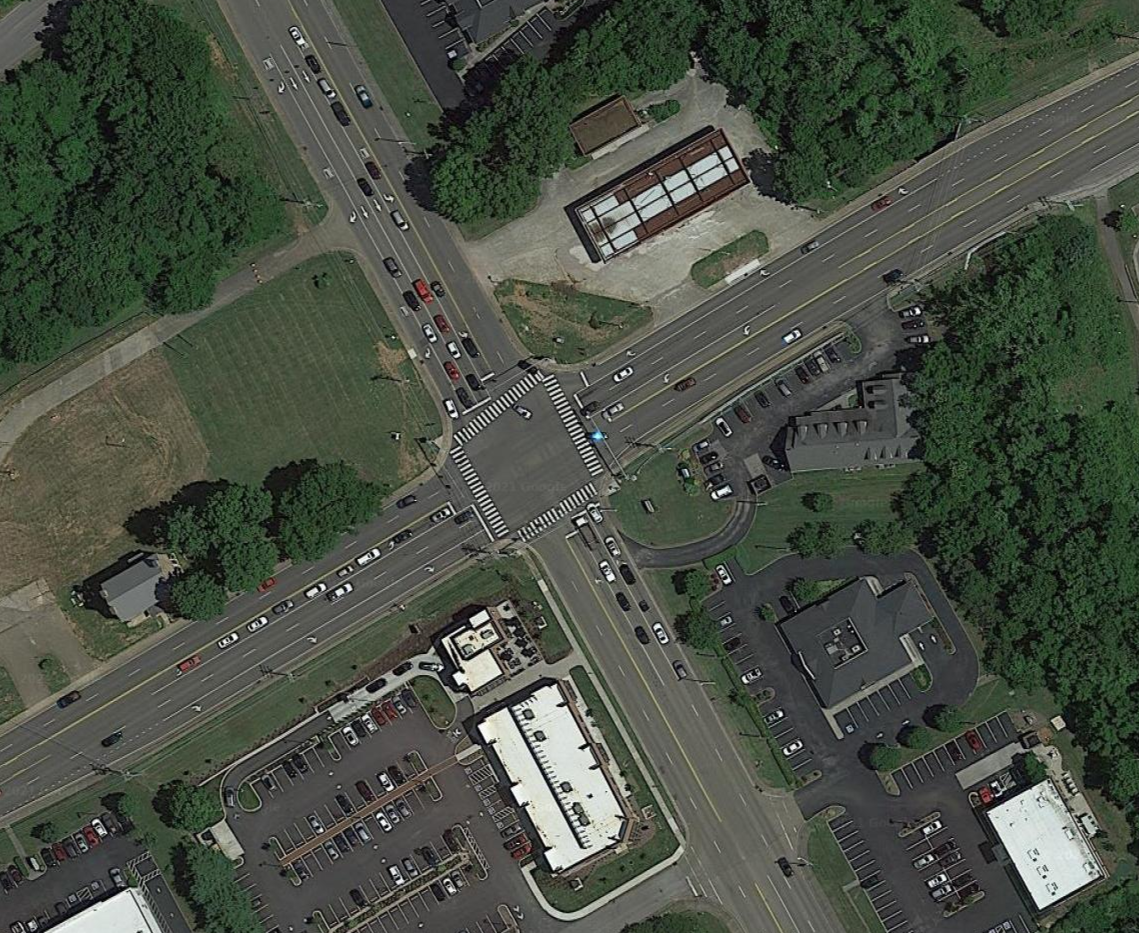At the request of the Blount County Commission and in conjunction with the Virtual Design Meeting held in April 2021, the Tennessee Department of Transportation (TDOT) will host an in-person Design public meeting on September 21, 2021, to gather additional public input on the proposed project in Blount County on SR-162 EXT (Pellissippi Parkway), from SR-33 to SR-73 (US-321).
The meeting will be held from 5:00 p.m. until 7:00 p.m. EST at Heritage High School, 3741E Lamar Alexander Parkway, Maryville, TN 37804.
For more information, visit https://www.tn.gov/tdot/projects/projects-region-1/pellissippi.html





